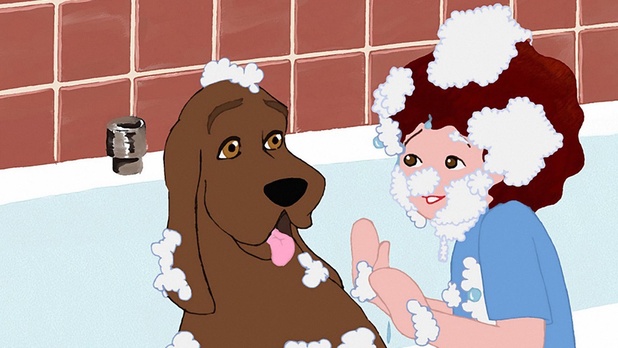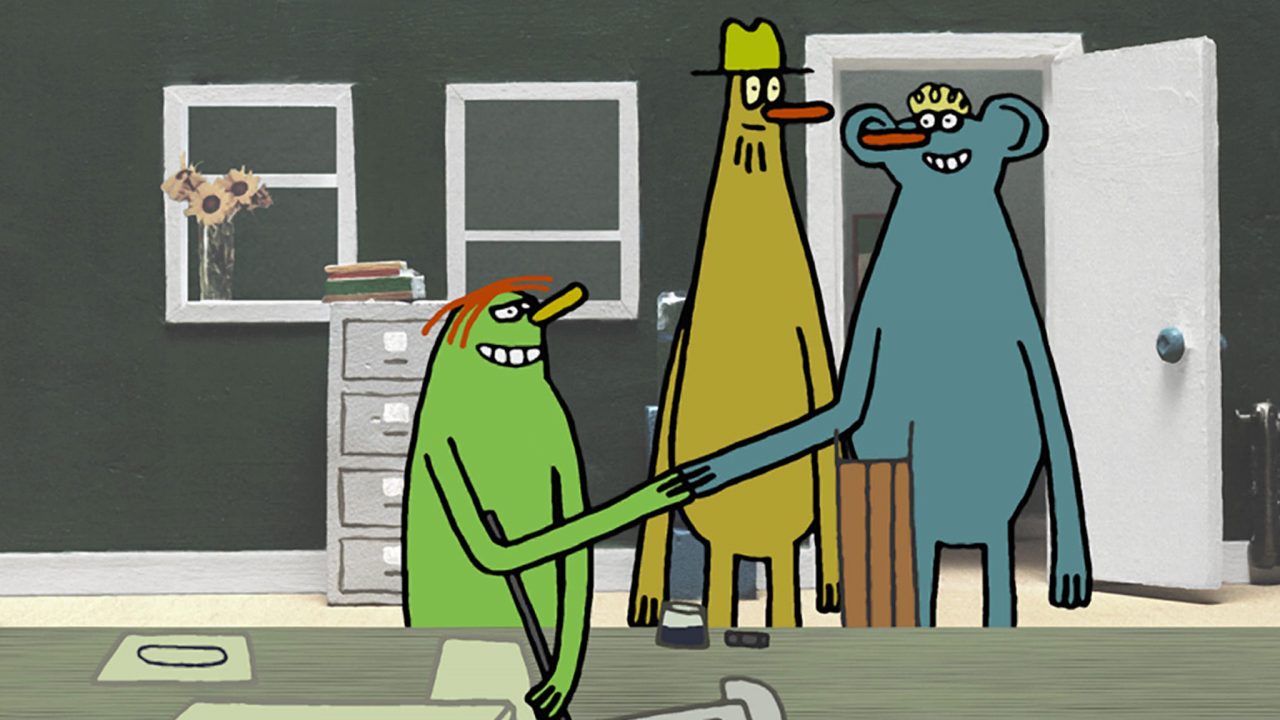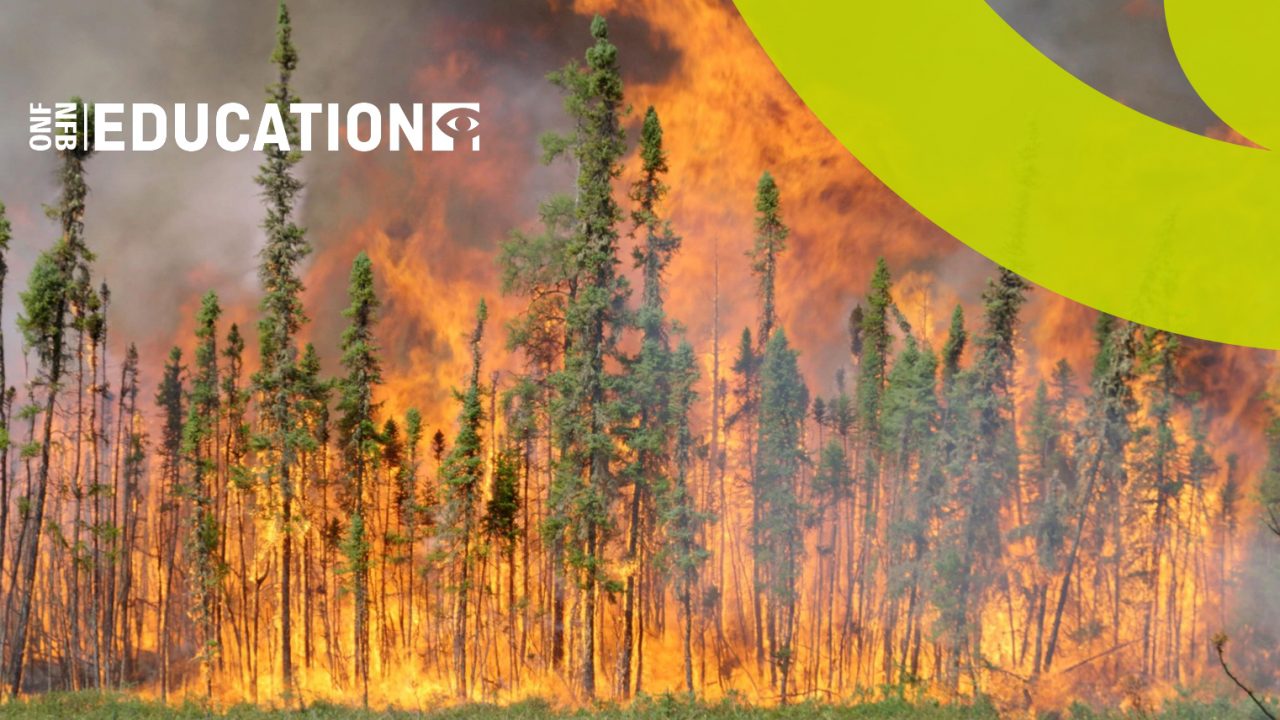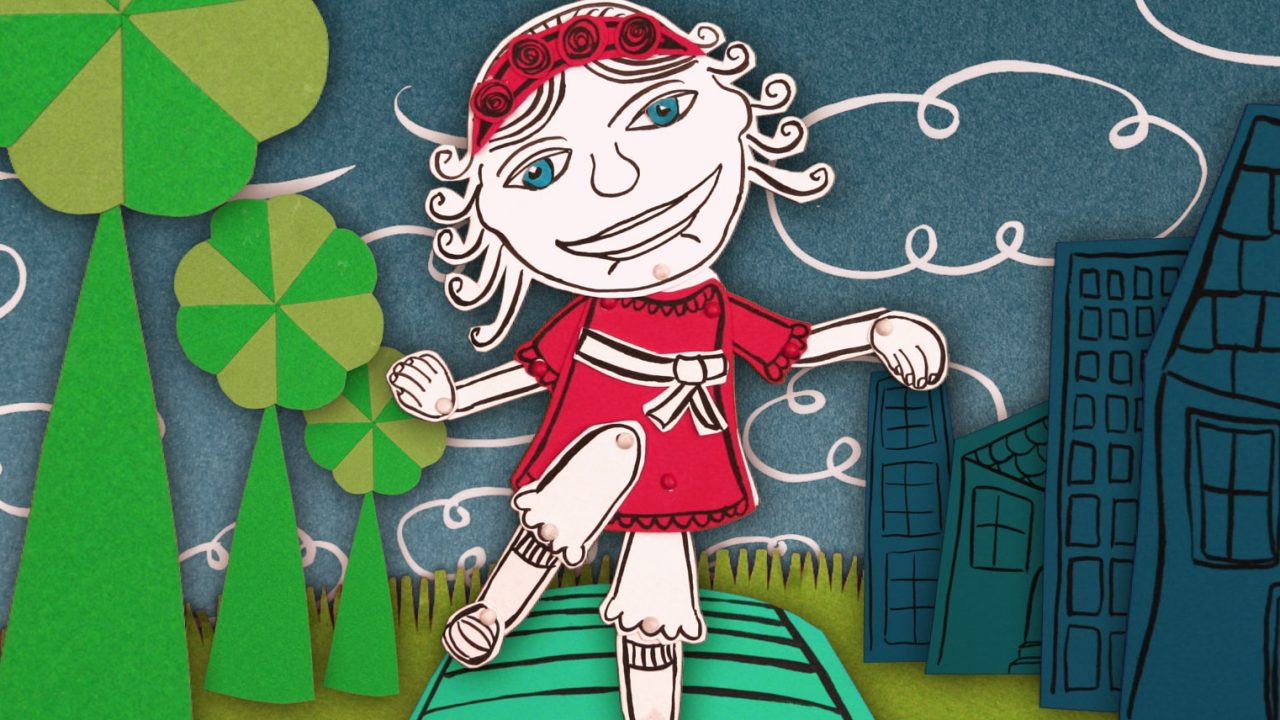
Communication through Animation: An exploration in 5 films
Communication through Animation: An exploration in 5 films
Communication is essential in any modern civilization. Without the ability to talk to each other, exchange information and ideas, we would be living in complete chaos. Or in complete isolation.
Interestingly enough, even though most of us have the tools we need to communicate effectively, many of us just don’t. We keep our thoughts to ourselves, we avoid conflict or awkward situations, we let things build until it becomes overwhelming. All instead of simply speaking our mind.
Humans are funny.
The following five films offer a look at different facets of communication through the lens of animation. Animation lends an ability to either exaggerate or scale down the images in order to better focus on the story and its message in a way that works well for us here.
I hope these films speak to you.
Impromptu
On its face, this 2013 animated short by Bruce Alcock is about how one man’s plans for a simple dinner for two got sidelined when his wife brought home a slew of people. But for me, this film was always more tragic than jovial. All I see is a man who desperately needs to connect with his wife, but she’s either oblivious, or aware and avoiding him.
Yes, there’s music and food and conversation, yet so much goes unsaid between our two protagonists. I guess it’s a film about the loss of communication. There is such a clear divide between these two you become instantly invested in the outcome. It’s a lovely film, sparse in its aesthetic yet moving as all hell.
Impromptu, Bruce Alcock, provided by the National Film Board of Canada
Elbow Room
Communication is always important for healthy relationships, and one place that’s particularly evident is in the workplace. This is doubly true with current trends favouring shared working spaces over individual offices.
It’s easy to get on someone’s nerves, and vice versa, when you’re sharing an area so confined that you’re literally bumping elbows. When you don’t communicate properly with your co-worker, whether verbally or non-verbally, things can escalate quickly.
This film, which was produced as part of the Showpiece collection, uses animation to show viewers how to navigate conflict resolution in the workplace. It’s aimed at a younger crowd, but we can all certainly learn a thing or two from it.
Elbow Room, Diane Obomsawin, provided by the National Film Board of Canada
Invasion of the Space Lobsters
So, remember when I said that communication often relies on a common, shared language? This animated short from Janet Perlman shows what can happen when that’s not an option.
When a UFO full of giant lobsters from space arrives on earth, the entire neighbourhood is at a loss for why they’re here. While they’re clearly an advanced race, there seems to be no way to communicate with them without a common language. Theories abound, panic ensues, and, well, you’ve seen enough movies to know how this goes.
It’s a fun film, in part due to its 50’s B-movie feel. It also effectively shows us the value of communication.
Invasion of the Space Lobsters , Janet Perlman, provided by the National Film Board of Canada
I Want a Dog
Well here’s someone who knows exactly how to get her message across.
In this animated short from Sheldon Cohen, young May proves her ability to communicate effectively through her drawn-out campaign to – you guessed it – get a dog. She uses words (pleading with her parents), she uses non-verbal cues (posters and pictures plastering her walls), and she even communicates through her actions (demonstrating her ability to care for a “pet”).
I love this film, despite the fact the song will stick with you for days. It’s a tough call between this film and Blackfly on which one takes the earworm prize. But regardless, it’s a great film, kids adore it, and it teaches the value of good skills.
I Want a Dog , Sheldon Cohen, provided by the National Film Board of Canada
Big Mouth
So, riddle me this – is it possible to have too much communication?
This short film from Andrea Dorfman asks that exact question. Trudy, a young girl, is bright and articulate, but she often says too much. She speaks the truth as she sees it, and while she certainly knows how to express herself, she often comes across as rude.
What to do in a situation like this? Should Trudy be true to herself and speak her mind, or apply a social filter in order to better fit in with the world around her? So few people actually say what they mean that Trudy actually comes across as refreshing. Yet…
Big Mouth, Andrea Dorfman, provided by the National Film Board of Canada



